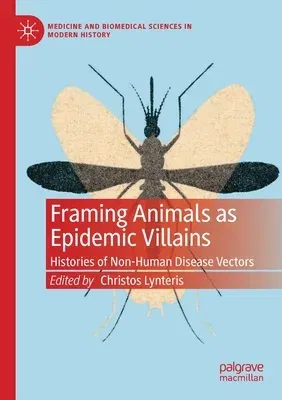Framing Animals as Epidemic Villains: Histories of Non-Human Disease Vectors (2019)Paperback - 2019, 23 October 2020

Qty
1
Turbo
Ships in 2 - 3 days
In Stock
Free Delivery
Cash on Delivery
15 Days
Free Returns
Secure Checkout

Part of Series
Medicine and Biomedical Sciences in Modern History
Print Length
247 pages
Language
English
Publisher
Palgrave MacMillan
Date Published
23 Oct 2020
ISBN-10
3030267970
ISBN-13
9783030267971
Description
Product Details
Book Edition:
2019
Book Format:
Paperback
Country of Origin:
NL
Date Published:
23 October 2020
Dimensions:
21.01 x
14.81 x
1.45 cm
ISBN-10:
3030267970
ISBN-13:
9783030267971
Language:
English
Location:
Cham
Pages:
247
Publisher:
Weight:
326.59 gm